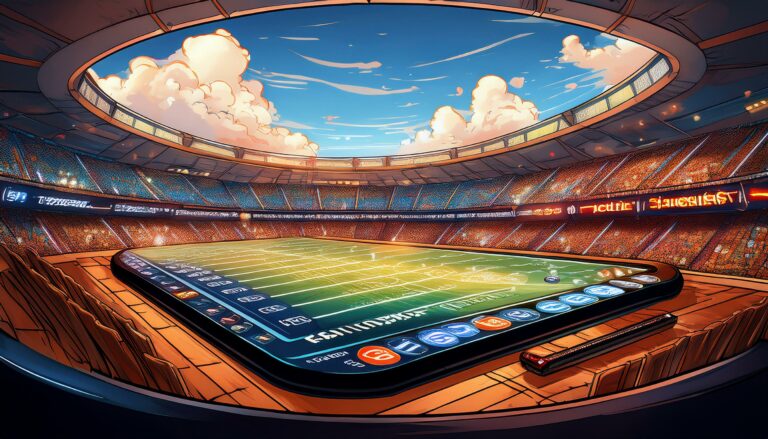Evolution of IPL Broadcasting Rights
Reddy Anna Book, 99exch: The Indian Premier League (IPL) has become one of the most-watched cricket leagues globally since its inception in 2008. The league’s success can be attributed to various factors, one of which is undoubtedly the broadcasting rights. The evolution of IPL broadcasting rights over the years has been a fascinating journey, marked by intense competition among broadcasters and skyrocketing revenue deals.
The Beginning
When the IPL first started, the broadcasting rights were held by Sony Entertainment Television, which secured a ten-year deal worth a staggering $1.03 billion. This deal was a game-changer for the league, as it provided a solid platform for the IPL to reach a vast audience across India and other cricket-loving nations.
Rise of Digital Platforms
As the popularity of the IPL soared, digital platforms began to take an interest in acquiring the broadcasting rights. In 2011, YouTube secured the digital rights for the IPL, allowing fans to live stream matches on the platform. This marked a significant shift in how cricket (and sports, in general) was consumed, as fans could now watch matches on their laptops and smartphones.
Competition Heats Up
The next few years saw intense competition among broadcasters for the IPL rights. In 2015, Sony Entertainment Television retained the rights for the next ten years with a record bid of $2.55 billion. However, in 2017, Star India outbid Sony with a staggering $2.55 billion bid, securing the rights for the league from 2018 to 2022.
Emergence of OTT Platforms
With the rise of over-the-top (OTT) platforms like Hotstar, streaming IPL matches became even more accessible to fans. In 2018, Hotstar secured the digital rights for the IPL, enabling fans to watch matches on the go. This move further expanded the reach of the league, making it a global phenomenon.
The Present Scenario
Currently, Star India holds the broadcasting rights for the IPL, with Hotstar streaming matches online. The latest deal, signed in 2017, is worth a whopping $2.55 billion and covers the period from 2018 to 2022. The IPL continues to break records in terms of viewership and revenue, cementing its position as the most-watched cricket league in the world.
Future Prospects
As technology continues to evolve, the future of IPL broadcasting rights is likely to see further disruption. With the emergence of new platforms and technologies, fans can expect more innovative ways to watch and engage with the league. The next bidding war for the broadcasting rights is bound to be even more intense, as broadcasters vie for a piece of the lucrative IPL pie.
Conclusion
The evolution of IPL broadcasting rights has mirrored the league’s journey from a domestic tournament to a global sporting extravaganza. The massive deals and intense competition among broadcasters highlight the IPL’s significance in the world of cricket. As the league continues to grow, so too will the interest in its broadcasting rights, ensuring that the IPL remains at the forefront of cricket entertainment for years to come.
FAQs
Q: Who currently holds the broadcasting rights for the IPL?
A: Star India holds the broadcasting rights for the IPL, with Hotstar streaming matches online.
Q: What was the value of the latest broadcasting rights deal?
A: The latest deal, signed in 2017, is worth $2.55 billion and covers the period from 2018 to 2022.
Q: How has the rise of digital platforms impacted IPL broadcasting rights?
A: Digital platforms like Hotstar have made IPL matches more accessible to fans, expanding the reach of the league.







